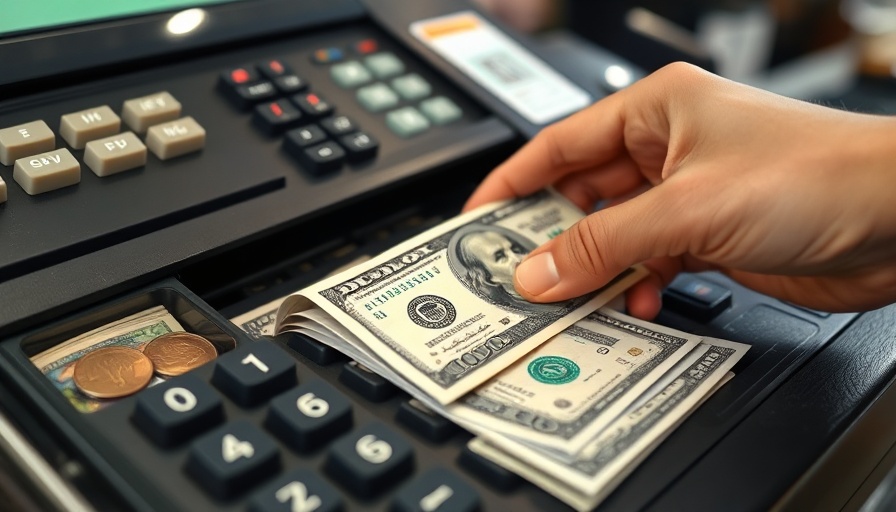
The Rising Tide of U.S. Inflation Forecasts for 2025
The landscape of U.S. inflation is shifting, with leading economists now projecting a significant rise in inflation rates for 2025. Experts are closely examining the implications of existing and proposed tariffs as America grapples with economic recovery following the pandemic.
In a recent report, Morgan Stanley Research predicted that inflation will climb to 2.5% in 2025, a slight increase from their earlier estimate of 2.3%. This rise in inflation is not just a remote theory; it’s primarily attributed to ongoing tariff policies instituted during the Trump administration. Goldman Sachs mirrored this sentiment, forecasting a core Personal Consumption Expenditures (PCE) inflation rate of 3% for the year, a marked increase directly influenced by these tariffs. Currently, core inflation excluding food and energy has already shown a concerning upward trend.
Understanding Tariffs and Their Economic Impact
At the forefront of this discussion is the role tariffs play in driving up costs. Analysts estimate that the tariffs imposed by the Trump administration could potentially increase U.S. core inflation by as much as 0.5 to 0.8 percentage points. This concern has extended to critical sectors, including pharmaceuticals and motor vehicles, which heavily rely on imports. The higher costs associated with tariffs create a ripple effect that ultimately impacts the everyday consumer.
The ongoing tension over tariffs not only affects consumer prices but also stimulates uncertainty in business planning. Companies are reporting heightened caution regarding price increases, with manufacturers predicting inflation rates as high as 3.5% and service firms expecting inflation to hit 4% in the coming year.
The Human Element of Inflation
For many Americans, the inflation debate is more than just numbers. A recent CBS News poll revealed that 77% of respondents felt their incomes were not keeping pace with rising prices. As the cost of essential goods like food continues to soar, the average household is feeling the strain. The price of eggs, for instance, has become a talking point, symbolizing the broader challenges of affording daily necessities.
Historical Context: Learning from Past Inflation Trends
Historically, inflation peaked during the pandemic, reaching a staggering 9.1% in June 2022. Although inflation rates have cooled since then, costs remain approximately 10% higher than pre-COVID levels, highlighting the persistent nature of inflationary pressures. The Federal Reserve plays a pivotal role in trying to control inflation, often adjusting interest rates in response to economic growth and consumer pricing trends.
Looking Ahead: Predictions for Economic Growth
Looking toward 2025, the outlook isn’t entirely bleak. Recent adjustments by economists at Morgan Stanley have noted a reduction in the U.S. growth forecast, now predicting a growth rate of 1.5%. Both Morgan Stanley and Goldman Sachs have adjusted their growth forecasts downward, citing the tightening labor market and ongoing tariffs as key factors contributing to reduced economic growth.
The Future of Inflation: What Can Consumers Expect?
As inflation continues to be a hot topic, consumers must remain informed about these economic trends. Understanding the factors contributing to rising costs can better equip citizens to navigate their finances. From tariffs to labor shortages, the interconnected web of economic issues poses challenges for everyone. In an environment where inflationary pressures persist, strategic financial planning and awareness of market trends will be essential for households and businesses alike.
Embracing an Informed Outlook on Inflation
Staying informed and engaged with these changing economic dynamics is crucial. Whether it’s through monitoring inflation rates or understanding the implications of government policy, an informed public can help foster a more stable economic future. With the right knowledge, consumers can better manage expectations and make informed financial decisions.
 Add Element
Add Element  Add Row
Add Row 



Write A Comment